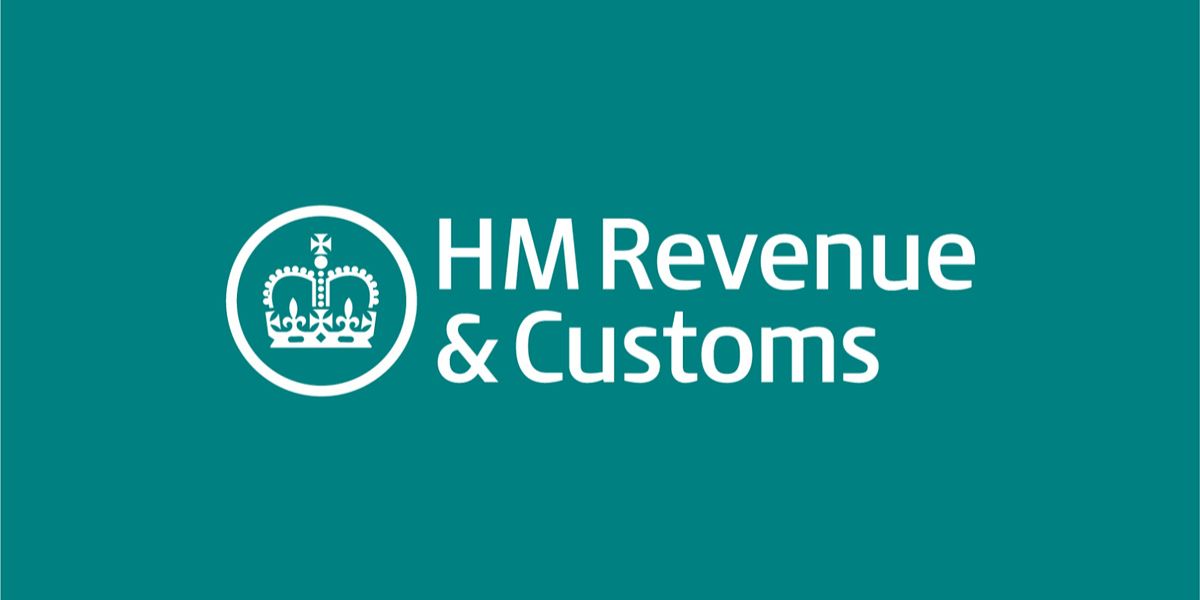On 18 December 2017 HMRC published draft VAT regulations, a draft explanatory memorandum and draft VAT Notice, for consultation. The regulations relate to the introduction of Making Tax Digital (MTD). Comments from interested parties are invited by 9 February 2018.
The proposed secondary legislation, to be effective from 1 April 2019, would require businesses with taxable turnover above the VAT registration threshold to keep and preserve digital records and provide VAT returns using compatible software. A proposed Addendum to the draft VAT Notice sets out how businesses could use compatible software alongside spreadsheets to provide VAT returns.
VAT Notice XX entitled “Making Tax Digital for VAT” gives guidance for businesses falling within the scope of the regulations. For these businesses MTD for VAT will apply from April 2019. Businesses with a turnover above the threshold for VAT registration, currently GBP 85,000, will be required to keep digital records and file their VAT returns using functional compatible software for periods beginning on or after 1 April 2019.
Businesses will not be required to follow the MTD rules for VAT if it is not reasonably practicable to use digital tools to keep the business records or submit VAT returns owing to age, disability, remoteness of location or any other reason; if subject to an insolvency procedure; or in the case of a business run by members of a religious society whose beliefs are incompatible with the regulations. A business falling under these exemptions may however elect not to be exempt before the start of the next accounting period, and will then be subject to the rules from the start of that period.
Functional compatible software is to be used to maintain the mandatory digital records, calculate the VAT return and submit it to HMRC via an application programme interface (API). Functional compatible software is software or a set of compatible software programs that can record and preserve records in electronic form; provide information and returns to HMRC in electronic form and by using the API platform; and receive information from HMRC. If a set of compatible software programs is used there must be a digital link between the pieces of software. The draft VAT Notice and the Addendum contain examples of how this would apply in practice.
Records that must be kept digitally include the business name; the address of the principal place of business; the VAT registration number and a record of any VAT accounting schemes used. For each supply there must be a record of the time of supply; the value of the supply and the rate of VAT charged. There must also be a record of outputs for the period split between those that are standard rate, reduced rate, zero rate, exempt and outside the scope of VAT. For supplies received the business must record the time of supply, value of the supply including any VAT that cannot be reclaimed; and the amount of input tax to be claimed.
The VAT account is the link between the digital records and the VAT return, showing how the figures on the VAT return are linked to the records. The information in the VAT account is used by the functional compatible software to compile the digital VAT return.
A business using a retail scheme must also keep a record of the daily gross takings. A separate record of the supplies making up the daily gross total is not required in this case.
















